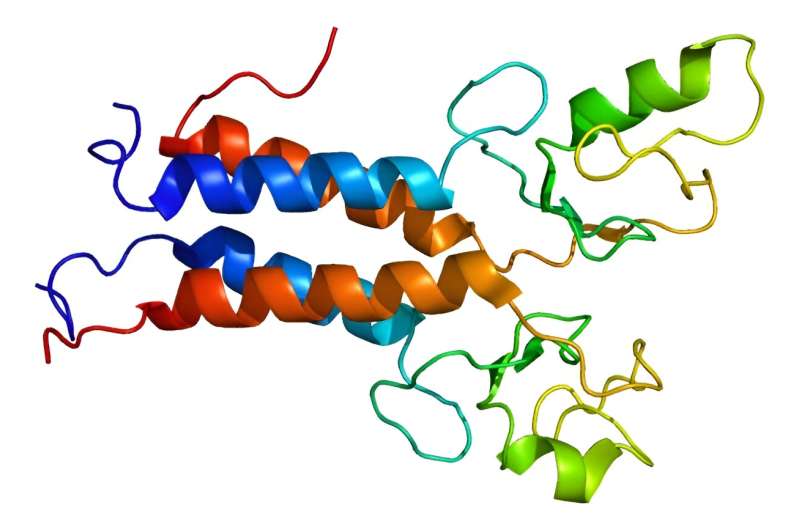This article has been reviewed according to Science X's editorial process and policies. Editors have highlighted the following attributes while ensuring the content's credibility:
fact-checked
peer-reviewed publication
proofread
BRCA1 and BRCA2 in a cohort of ovarian cancer patients from the Salento peninsula

A new research paper titled "Prevalence and spectrum of germline BRCA1 and BRCA2 in a cohort of ovarian cancer patients from the Salento peninsula (Southern Italy): a matter of preventive health" has been published in Oncotarget.
In this new exploratory and descriptive study, researchers Elisabetta De Matteis, Maria Rosaria Tumolo, Paolo Tarantino, Mariangela Ciccarese, Tiziana Grassi, Francesco Bagordo, Maria Rita De Giorgio, Emanuele Rizzo, and Graziana Ronzino from Vito Fazzi Hospital, University of Salento, Strategic Regional Agency for Health and Social of Puglia, and University of Bari Aldo Moro aimed to characterize the deleterious BRCA1 and BRCA2 variants evaluated by genetic testing in a group of ovarian cancer patients living in the Salento peninsula in southern Italy.
From June 2014 to July 2023, patients with histologically confirmed high-grade serous carcinoma, fallopian tube, or primary peritoneal cancer who were referred to Lecce Familial Cancer Clinic were considered. BRCA-mutation genetic testing was performed on these patients. Socio-demographic data and cancer epidemiology were assessed, and Next Generation Sequencing and Sanger DNA sequencing were performed.
The median age at the diagnosis of 332 ovarian cancer patients collected was 57 years. The pedigree analyses showed that 28.6% had familial cases and 39.7% had sporadic cases. Of the 319 patients submitted to genetic testing, 29.8% were carriers of BRCA1/2 mutation, 75.8% at BRCA1 and 24.2% at BRCA2 gene. Of the 21 BRCA1 mutations, the variant c.5266dupC was the most frequent alteration (28.4%). With respect to BRCA2, 13 mutations were found and the variant c.9676delT was the most frequently recorded (6.3%).
"This study reveals that the prevalence of germline mutations in the BRCA1 and BRCA2 genes was higher than reported by other studies. A broader understanding of the prevalence and role of BRCA mutations in development, response to treatment, and prognosis represents an exciting and developing area of ovarian cancer treatment and prevention," the researchers report.
More information: Elisabetta De Matteis et al, Prevalence and spectrum of germline BRCA1 and BRCA2 in a cohort of ovarian cancer patients from the Salento peninsula (Southern Italy): a matter of preventive health, Oncotarget (2024). DOI: 10.18632/oncotarget.28561

















